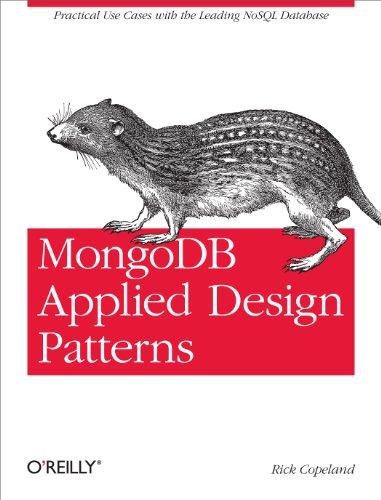Question
Consider a class Employee with data members: age (an integer), id (an integer) and salary (a float), and their corresponding member functions as follows: class
Consider a class Employee with data members: age(an integer), id (an integer) and salary (a float), and their corresponding member functions as follows:
class Employee
{
private:
int age;
int id;
float salary;
public:
Employee(); // default constructor: age = 0, id = 0, salary = 0.0
Employee(int x, int y, float z); // parameterized constructor: age=x, id=y,
// salary=z
~Employee(); // destructor: age = 0, id = 0, salary = 0.0
Employee(const Employee &x); // copy constructor
Employee & operator =(const Employee &x); // = operator overloading
void setAge(int x);
void setId(int x);
void setSalary(float x);
int getAge( );
int getId( );
float getSalary( );
};
You need to provide the definition of all the above member functions. Write a main routine in which you create an array of Employee with 3 elements. Set the first element with the content (age=30, id = 30042554, salary=50000.00), the second element with the content (age=45, id=40041002, salary=60000.00), and the third element with the content (age=50, id=40041004, salary=70000.00). by using the setXXX member functions. Then, pass the array to a function, PrintEmployee(arg1, arg2), in which arg1 should be the array of Employee and arg2 is the length of the array (=3 in this case). In PrinteEmployee(arg1, arg2), write a for loop to print out the information of each employee by using the fourth through sixth member functions and cout (in this case, we have three employees in total).
The skeletons of the main( ) and PrintEmployee() are as follows:
void main( )
{
// create an array of Employee with three elements
Employee x[3];
..
// set the values for the three elements of the array by using public member functions
// call PrintEmployee( ) with a proper parameter list
PrintEmplyee( arg1, arg2);
Employee w( ); // position 1
// print out the information of w
.
Employee v(30, 40041006, 35000.0); // position 2
// print out the information of v
.
Employee u(v); // position 3
// print out the information of u
.
Employee y=v; // position 4
// print out the information of y
.
w=y; // position 5
// print out the information of w
.
}
void PrintEmployee(arg1, arg2)
{
// for loop
// Print out the information of each element by using public member functions
}
Step by Step Solution
There are 3 Steps involved in it
Step: 1

Get Instant Access to Expert-Tailored Solutions
See step-by-step solutions with expert insights and AI powered tools for academic success
Step: 2

Step: 3

Ace Your Homework with AI
Get the answers you need in no time with our AI-driven, step-by-step assistance
Get Started


